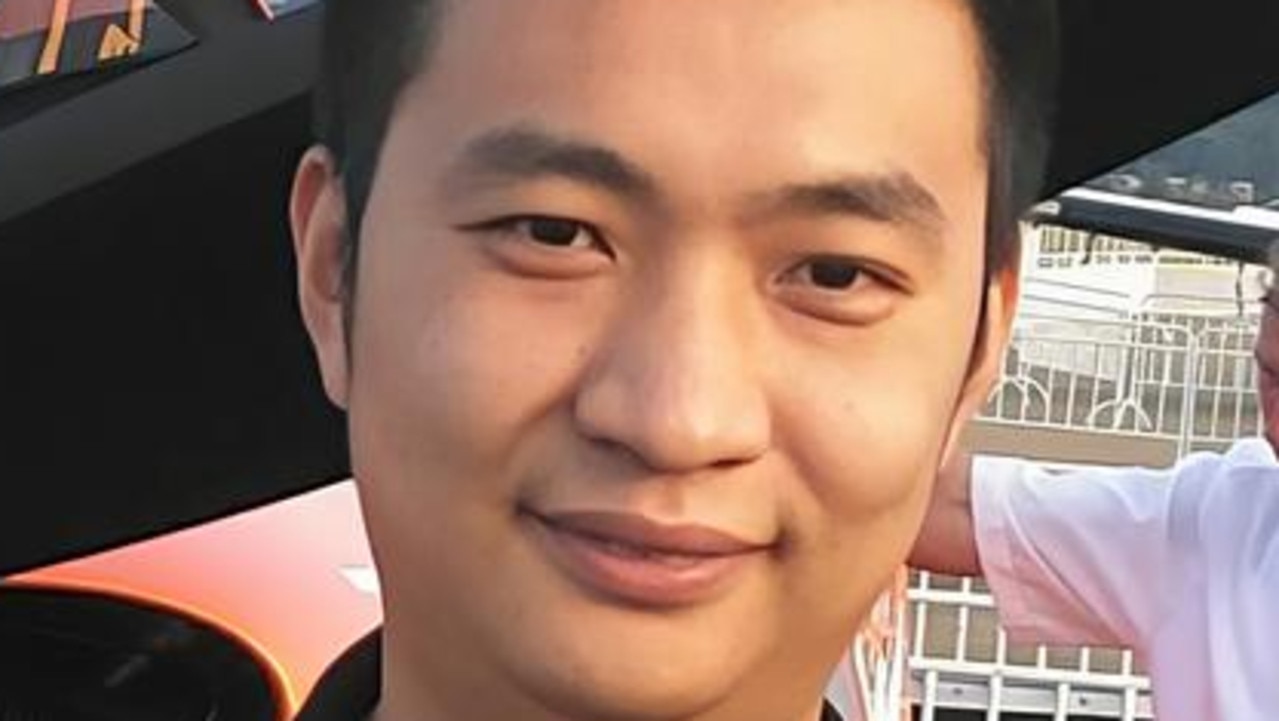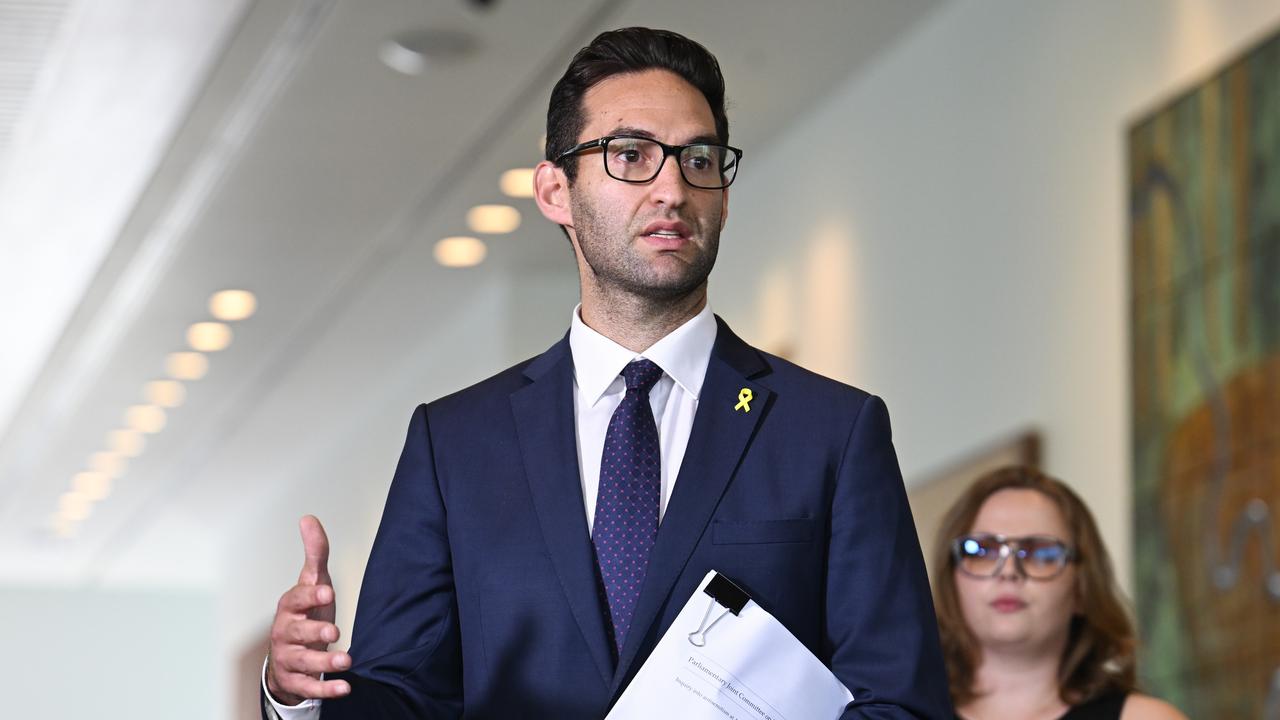Millions wasted training teachers
TENS of millions of dollars are being wasted training teachers who do not enter a classroom.
TENS of millions of dollars are being wasted training teachers who do not enter a classroom, with federal and state governments spending at least $16,500 on each student teacher every year despite up to 90 per cent in some states failing to find a job.
Universities graduate about 16,000 new teachers every year across the nation, half of whom are primary teachers, but an oversupply in the workforce means the vast majority of new teachers struggle to find work in schools.
Shortages exist in maths and science teaching, but across the rest of the profession universities are producing more teachers than required, particularly in primary teaching, with tens of thousands of teachers on waiting lists in the biggest states.
The true extent of the imbalance in the teaching workforce is unknown, with a Productivity Commission inquiry last year unable to compile a national picture.
But about 90 per cent of teachers graduating university in NSW and Queensland fail to find a job, while about 40,000 teachers in NSW and 16,000 teachers in Queensland are on departmental waiting lists for a permanent job.
The Victorian education department says it employed about half its teaching graduates last year, but this still left about 2500 new teachers looking for a job.
The issue was highlighted by the Productivity Commission in its report on the schools workforce released late last year, which says surpluses, and shortages, in teaching can impose "considerable costs".
"A sizeable part of the community's investment in teacher training is providing no direct benefit to the schools workforce. Further, the specific investment by schools in providing practicum (practical training places) for students who do not find employment is largely unproductive," it says.
Of the 5500 teaching graduates every year from NSW universities, only 450 obtained jobs in state government schools and about 300 found a job in Catholic or independent schools. It's a similar story in Queensland, where more than 1600 new teachers graduated last year but only about 200 have a permanent job and about 350 gained temporary employment.
In a bid to control teacher numbers, and raise the standard of people entering the profession, the NSW government this month outlined reforms including restricting practical training places in schools to student teachers with high academic standards.
The federal government also this month outlined a plan to overhaul teacher training, including measures to encourage universities to build relationships with schools to improve the practical training offered.
The Queensland and Victorian governments are expected to soon announce similar plans.
NSW Education Minister Adrian Piccoli said the state would apply for the federal government's $800-a-head annual payment for practical training to be made directly to school systems rather than universities. He said the move was not a bid to seize money for the state government, but to ensure the teachers who provided the supervision and support were recognised for their efforts. "School systems and teachers bear the cost of practical training but universities are funded for it," he said.
Federal and state governments spend at least $16,000 a year to train a teacher, or about $64,000 over the course of a four-year education degree.
Universities receive about $9500 per student per year from the federal government for every student enrolled in teaching, and can charge up to $5500 per student per year in HECS fees.
In addition, the federal government pays universities about $800 per student every year to help meet the costs of organising practical training.
A fraction of this amount is paid to schools, with teachers receiving as little as $21 a day to supervise student teachers. The Productivity Commission estimates the federal government spends $450m a year training teachers separate to the costs borne by the students and schools. The bulk of the cost of providing practical training for student teachers is borne by school systems, with government schools providing about about 70 per cent of placements.
The NSW government estimates it spends about $6.4m a year overseeing student teachers in its schools, or almost $300 a student. Also, senior teachers are assigned to co-ordinate and supervise the training placements, at a cost of about $395 a day.
Every year, NSW government and non-government schools provide training for about 22,000 student teachers who each receive an average 20-day placement.


